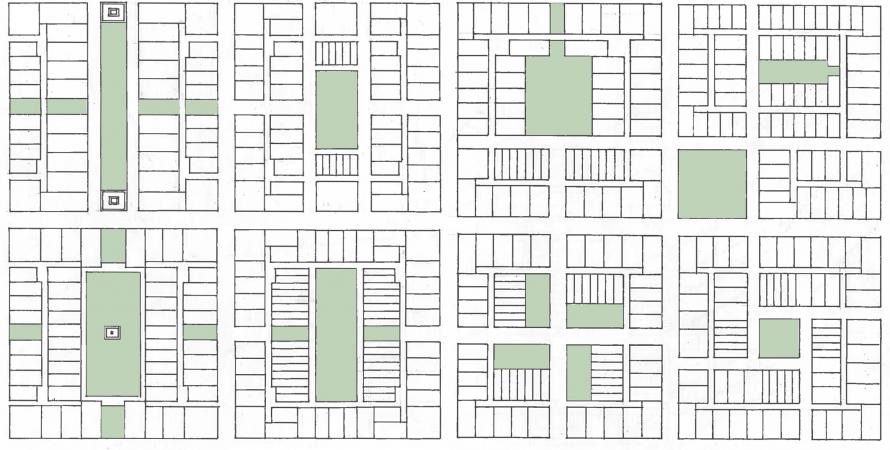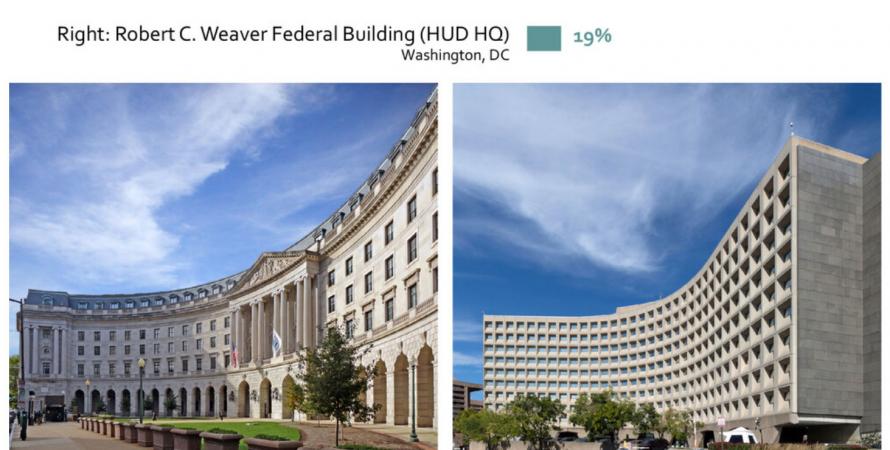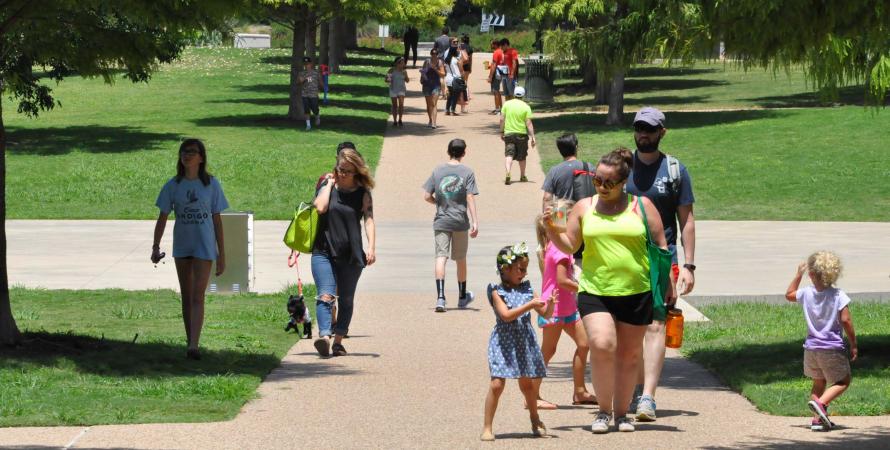-

The grid makes a comeback
An analysis of US street networks since 1940 shows plunging connectivity in the last half of the 20th Century, followed by a sharp reversal of that trend in the new millennium.Since 2000, connected street networks have made a comeback, according to a University of Southern California analysis of US streets over the past century. “Since 2000, the grid index and its components have risen back to levels not seen since the mid-20th Century,” notes Geoff Boeing, assistant...Read more -

Is public architecture dysfunctional?
A new poll shows that Americans prefer traditional architecture to later modern styles in public buildings, and researchers are finding explanations in neuroscience.Americans prefer traditional architecture over modernist architecture by a nearly three to one in a recent national poll . The Harris Poll survey called “Americans’ Preferred Architecture for Federal Buildings,” sponsored by National Civic Art Society Survey, was released this month. The preference...Read more -

How New Urbanism research could build better cities
What do we need to know about the success, failure, and future prospects of creating walkable, diverse urbanism?In the 1990s and early 2000s there were still prominent people who needed convincing that sprawl was a problem and walkability was fundamental, writes Emily Talen, editor of A Research Agenda for New Urbanism (Elgar Publishing). Now, “urban planners, environmentalists, elected leaders, and citizens...Read more -

New Urbanism’s quiet achievement
New Urbanism planning principles have been incorporated into comprehensive plans all across Texas, and this has begun to have real impacts on people and places.I get a lot of emails from an academic website. I’m not an academic, but occasionally they alert me to interesting papers. A five-year-old thesis paper , by a masters public administration student at Texas State University, is worth exploring today for what the paper says about New Urbanism—and for...Read more